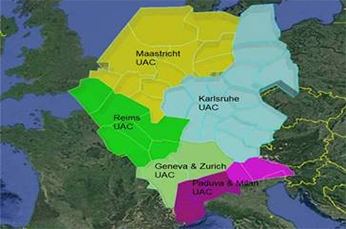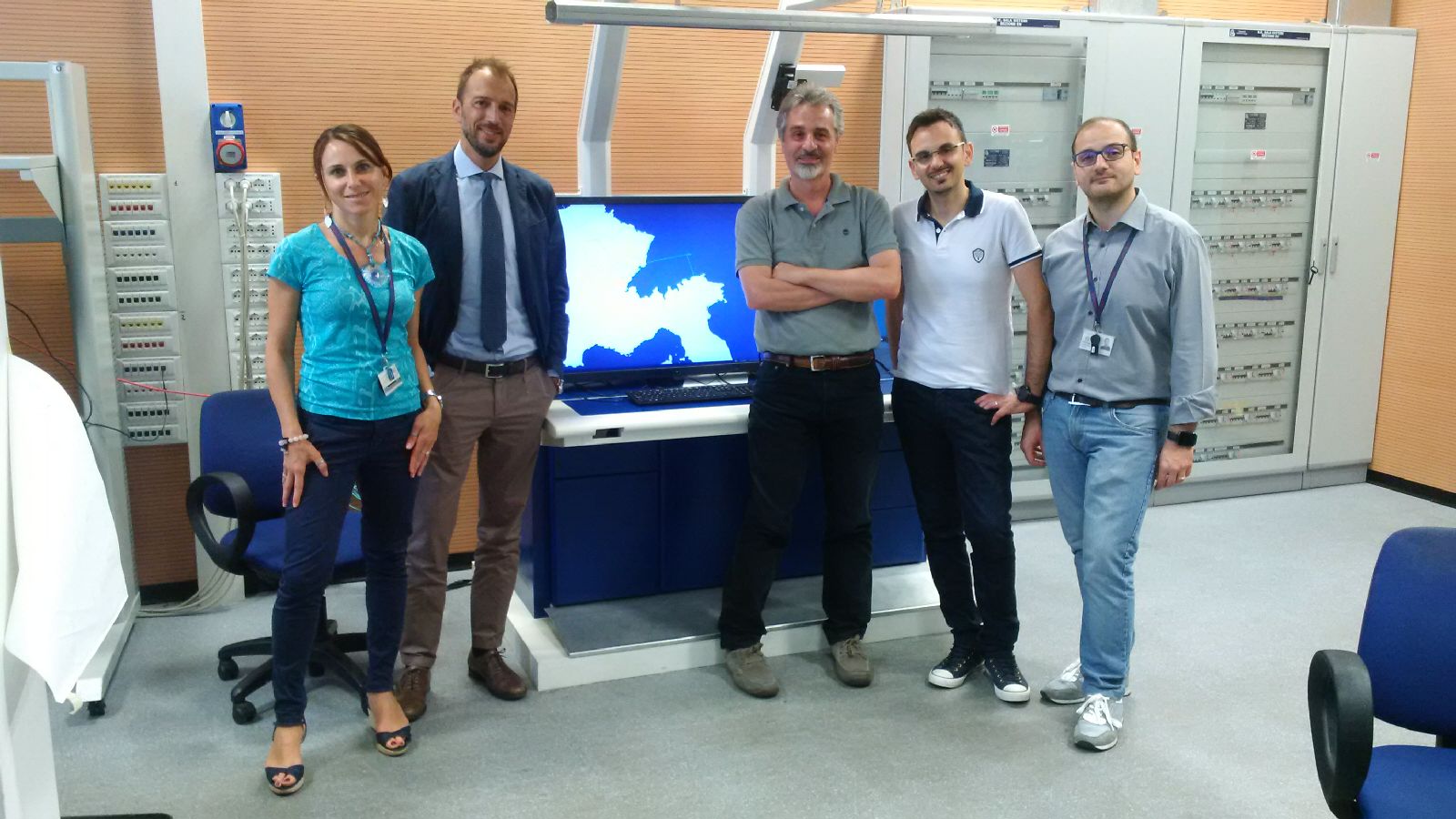
SESAR JU members recently completed testing of a system that will allow more seamless flight data exchange between air traffic control centres across Europe. The results of the ground-to-ground interoperability (IOP) project are supporting efforts to improve the overall predictability of air traffic as well as the long-term sustainability of aviation.
Air navigation service providers (ANSPs) can accurately predict aircraft trajectories in their national airspaces but they do not always have a clear view of the constraints that may lie ahead, beyond their national borders. Five ANSPs from Germany (DFS), France (DSNA), Spain (Enaire), Italy (ENAV) and Eurocontrol (MUAC) - along with technology providers, Indra, Leonardo and Thales, have been working to address the challenge in the SESAR research project on ground-to-ground interoperability (IOP).

In June, they successfully completed trials demonstrating how European air traffic control centres equipped with flight data processing systems (FDPS) from different vendors can work together as a single network, sharing flight information in real time to obtain a complete view of aircraft trajectory, from take-off to landing. The solution was trialed using scenarios taken from some of the busiest air traffic control centers in Europe, namely Karlsruhe (KUAC), Reims (LFEE), Padua (LIPP), Eurocontrol Maastricht (MUAC).
Initial analysis from the trials shows that the IOP solution leads to greater situational awareness and seamless operations, all of which is good news for flight predictability and punctuality. With that, the solution ensures optimum and environmental-friendly flights, bringing us a step closer to smarter and more sustainable aviation.
The full results of the trials will be published later in the year.
Read about the solution
Read about the project

This project has received funding from the SESAR Joint Undertaking under the European Union's Horizon 2020 research and innovation programme under grant agreement No 734161
